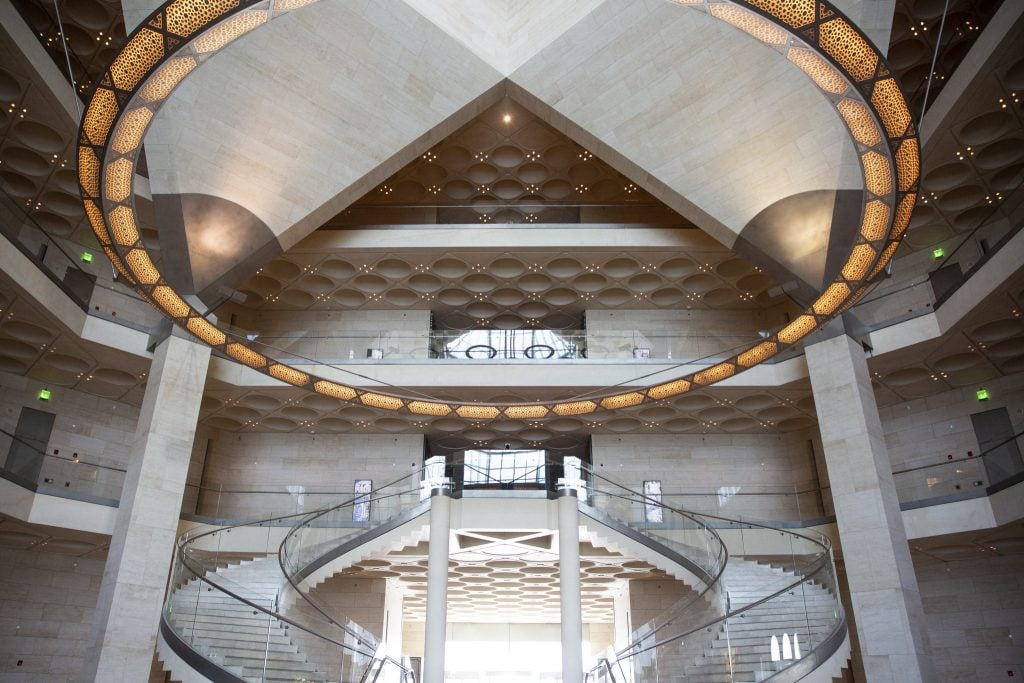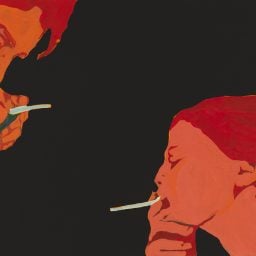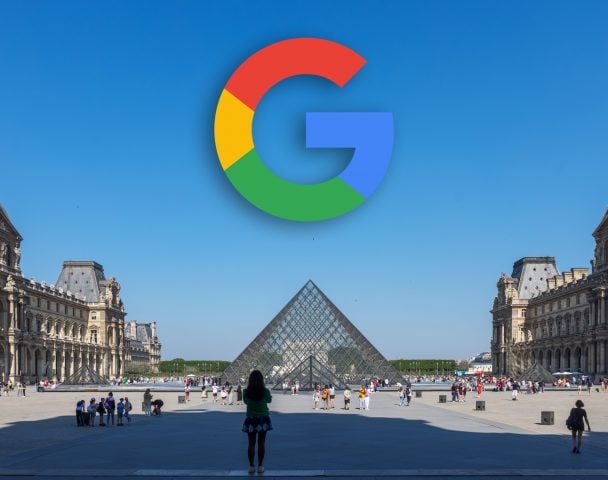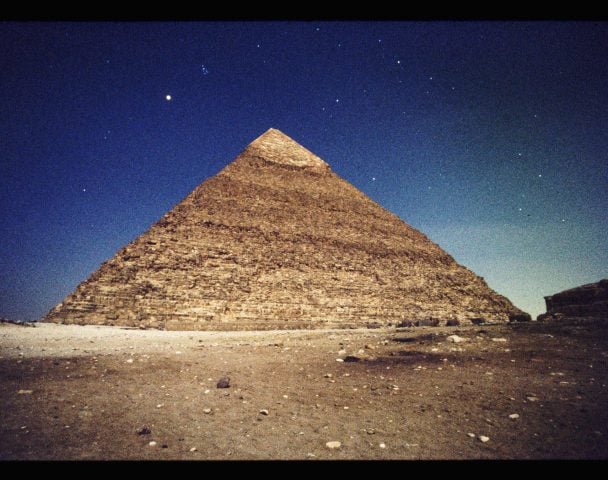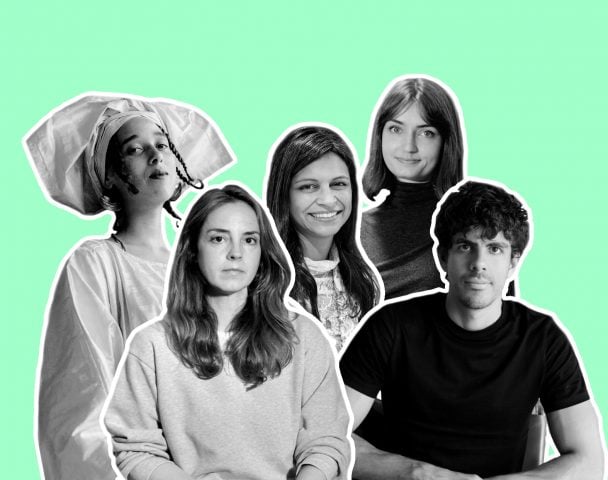Ahead of the FIFA World Cup set to take place in Qatar this November, the Museum of Islamic Art (MIA), located on an artificial island in the country’s capital Doha, has been given a makeover.
As part of a year-long facilities enhancement upgrade, the Museum of Islamic Art, designed by the architect I.M. Pei and opened in 2008, was the first of several new museums created by the state-run agency Qatar Museums. Occupying an area of 480,000 square feet, the museum sits on an artificial peninsula on the south end of Doha Bay.
The facilities upgrade includes a reimagining of the MIA’s collection galleries, home to Islamic art from the seventh to the 20th centuries, including rare manuscripts, ceramics, metal, glass, ivory, textiles, wood, and precious stones.
The galleries have been organized according to historical and cultural themes, periods and geography, allowing visitors to examine some of the marquee traditions of Islamic craftsmanship. MIA has also installed a new section on Islam in Southeast Asia, which focuses on the cross-pollination and exchange of trade, objects and ideas through the Islamic world and beyond.
Also as part of the upgrade, a new visitor trail has been installed that provides a narrative extending from the art works on display, through to the history of the Gulf and wider Middle East region. As well, the museum has provided new mobile and children-friendly resources to make the displays more accessible.
“The extensive enhancement introduces an entirely new storyline that takes visitors on a comprehensive journey,” says the MIA’s director, Julia Gonnella, adding that the new layout provides “a meaningful and enriching experience for children and families to explore the rich, vast history of the Islamic world through our unparalleled collection.”
The upgrade is just one in a long list of expenditures Qatar Museums has been making of late, including a cash gift to the Metropolitan Museum of Art in New York City earlier this year, designed to “support, among other things, the Department of Islamic Art as well as capital projects within the museum.”
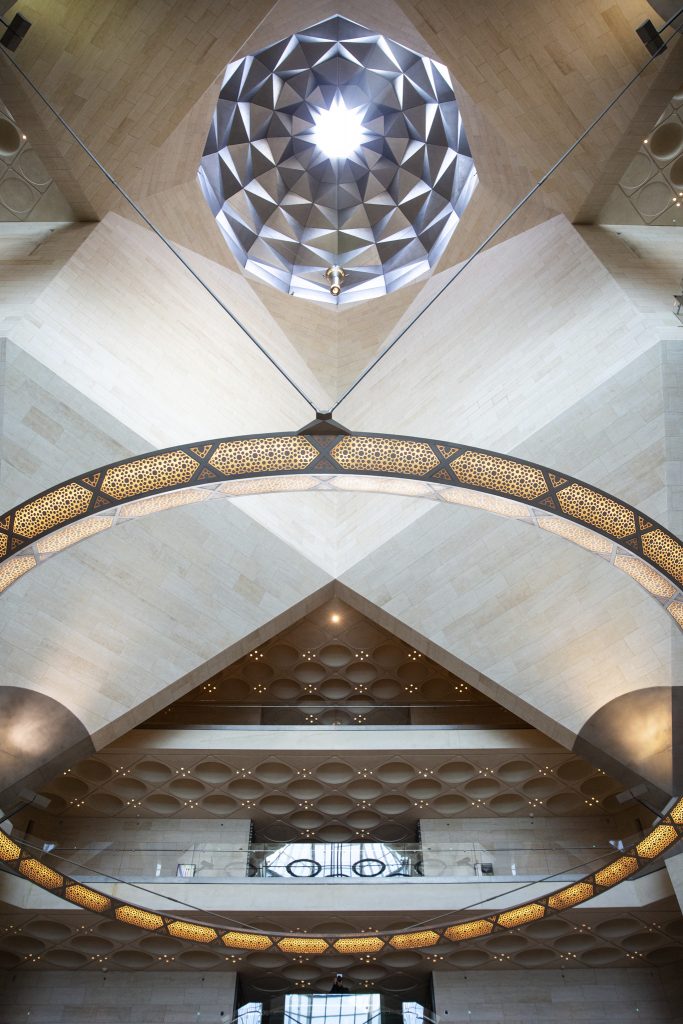
The Museum of Islamic Art. Photo: Chrysovalantis Lamprianidi. Courtesy of the Museum of Islamic Art / Qatar Museums © 2022.
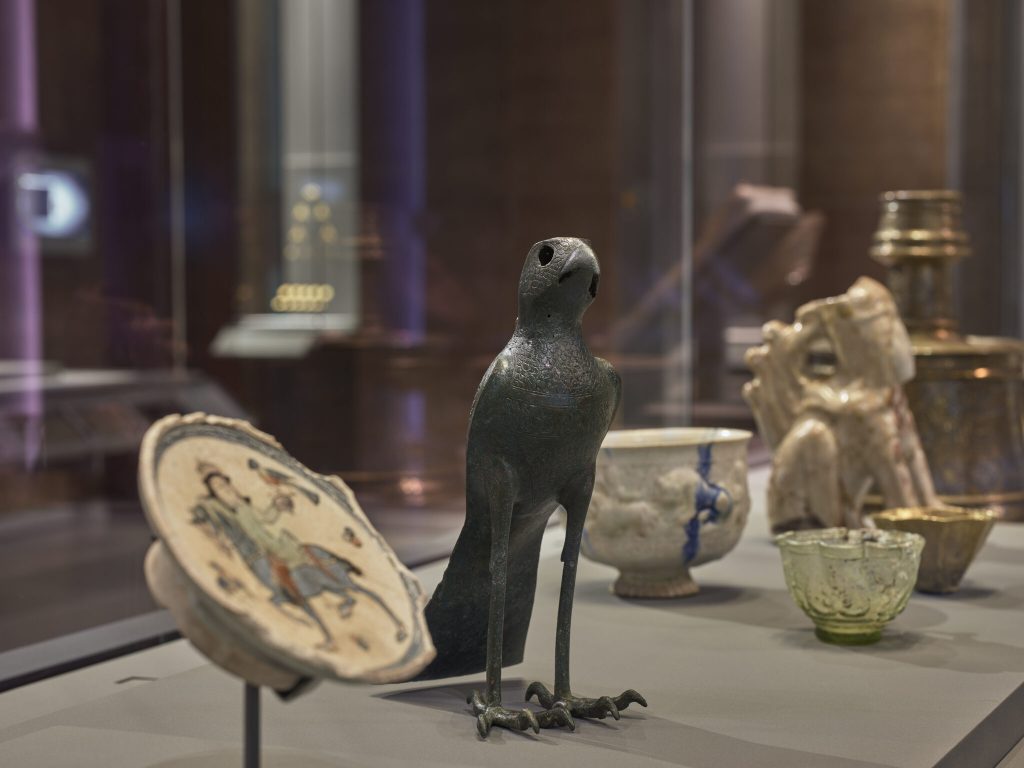
Museum of Islamic Art Gallery 7—The Eastern World: Early Iran and Centra Asia, a display of ceramic and metal artifacts from the Seljuq and the Ilkhanid period (c. 12th to 14th century C.E.) Photo: Chrysovalantis Lamprianidi. Courtesy of the Museum of Islamic Art / Qatar Museums © 2022.
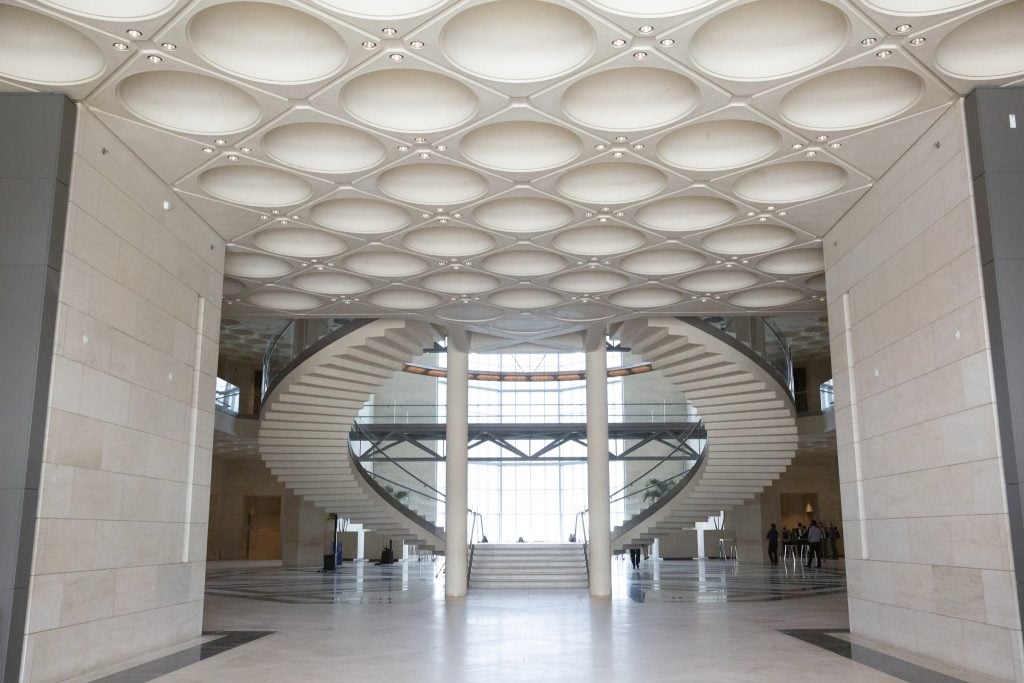
The Museum of Islamic Art. Photo: Chrysovalantis Lamprianidi. Courtesy of the Museum of Islamic Art / Qatar Museums © 2022.
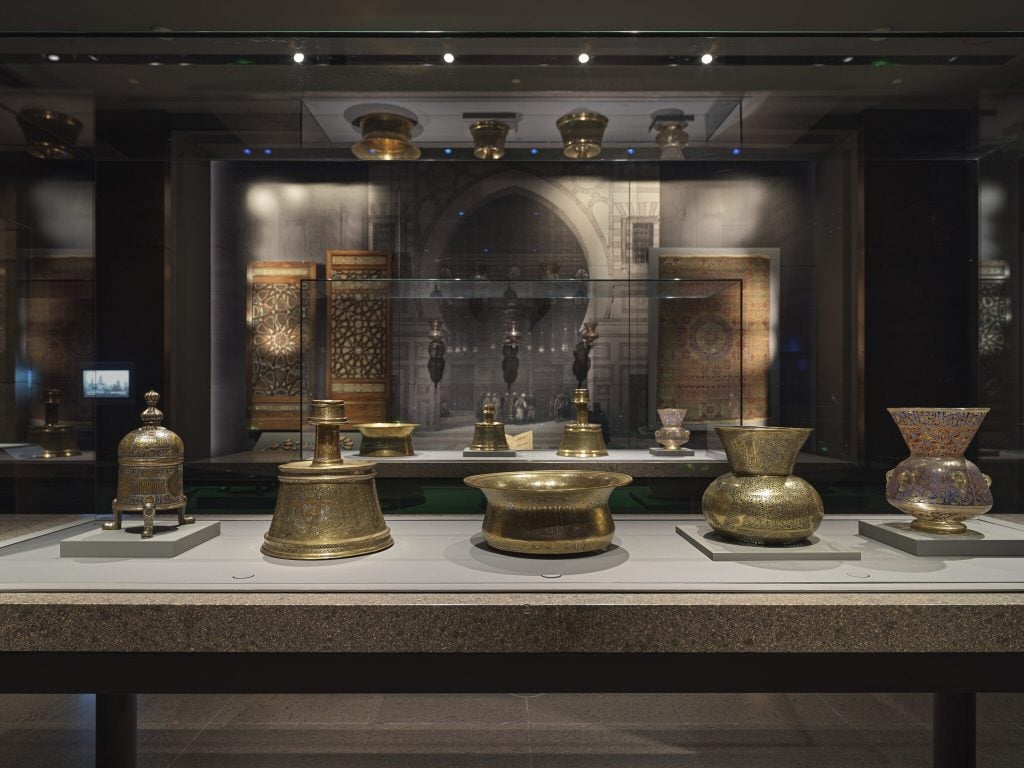
Museum of Islamic Art Gallery 11—Egypt and Syria, a view of the table displays with metalwork and glass lamps from the Mamluk period (end of the 13th to the 15th century C.E.); in the background is the mosque and madrasa showcase. Photo: Chrysovalantis Lamprianidi. Courtesy of the Museum of Islamic Art / Qatar Museums © 2022.
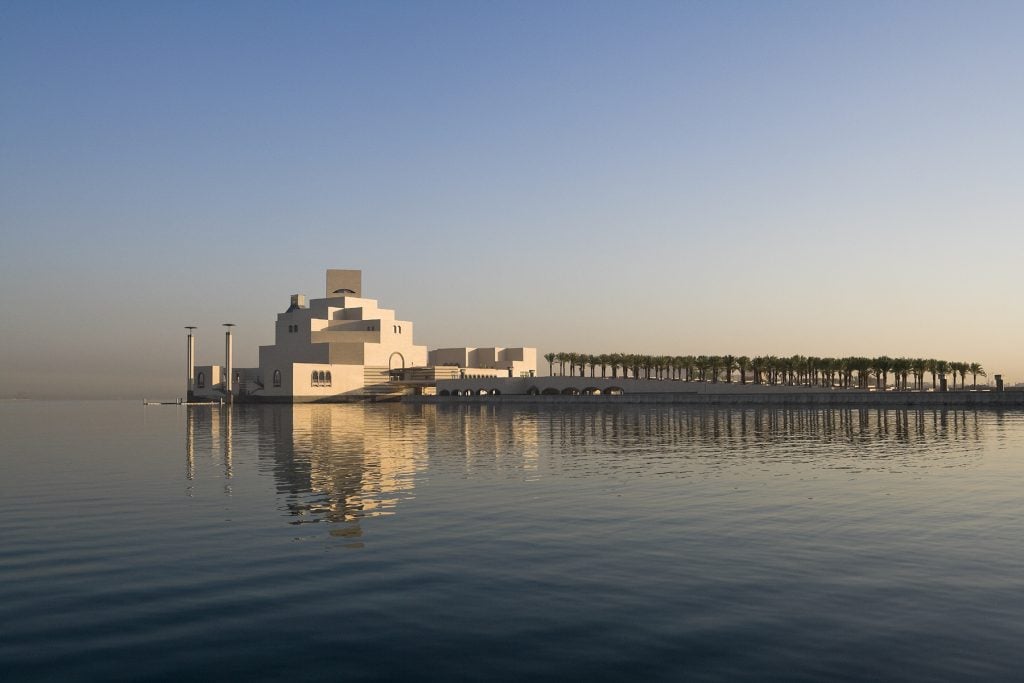
The Museum of Islamic Art. Photo: Chrysovalantis Lamprianidi. Courtesy of the Museum of Islamic Art / Qatar Museums © 2022.
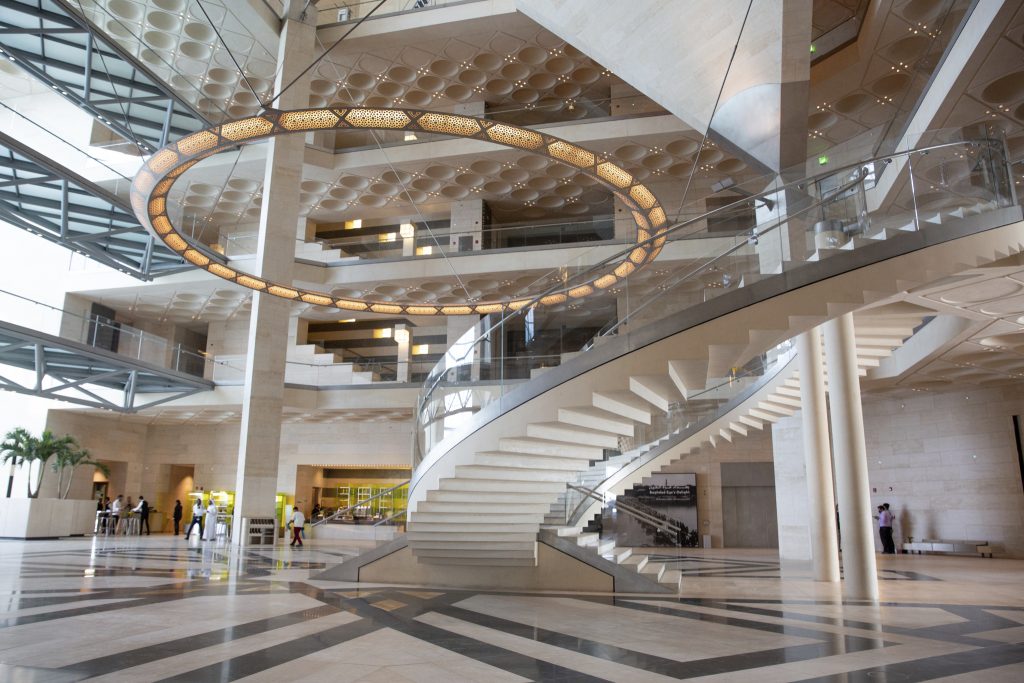
The Museum of Islamic Art. Photo: Chrysovalantis Lamprianidi. Courtesy of the Museum of Islamic Art / Qatar Museums © 2022.
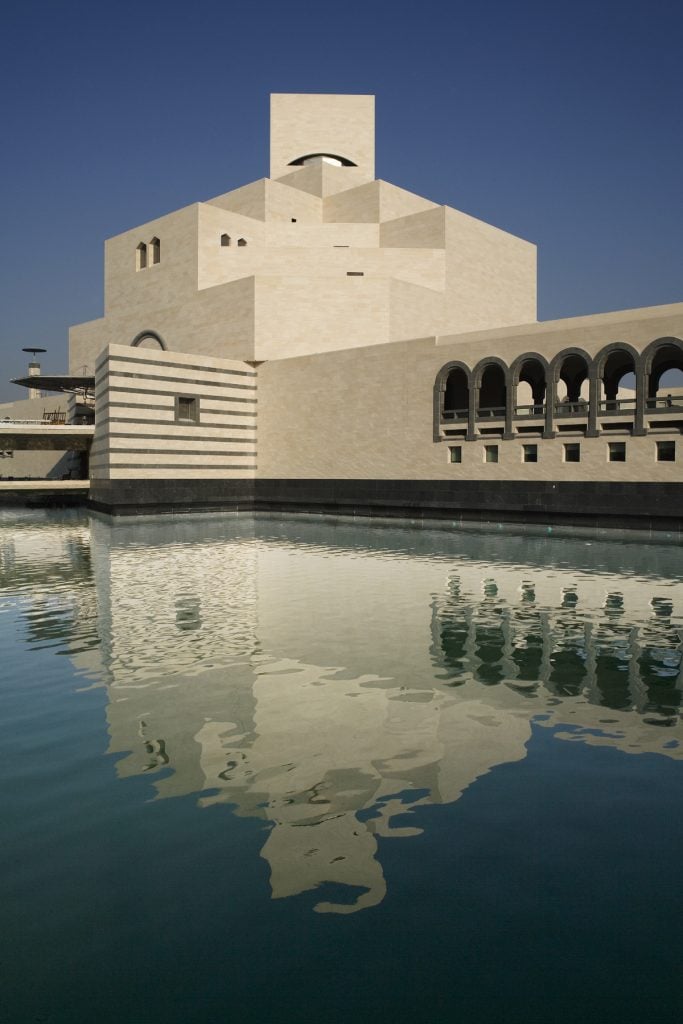
The Museum of Islamic Art. Photo: Chrysovalantis Lamprianidi. Courtesy of the Museum of Islamic Art / Qatar Museums © 2022.
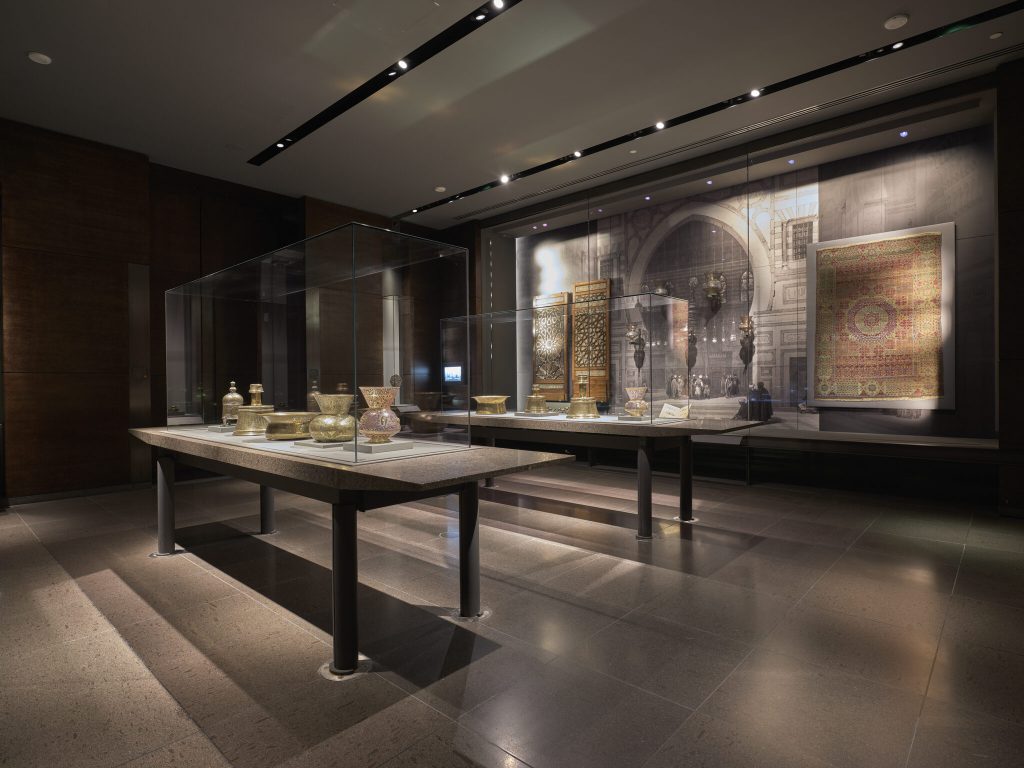
Museum of Islamic Art, Gallery 11—Egypt and Syria (13th to 16th century C.E.) Photo: Chrysovalantis Lamprianidi. Courtesy of the Museum of Islamic Art / Qatar Museums © 2022.
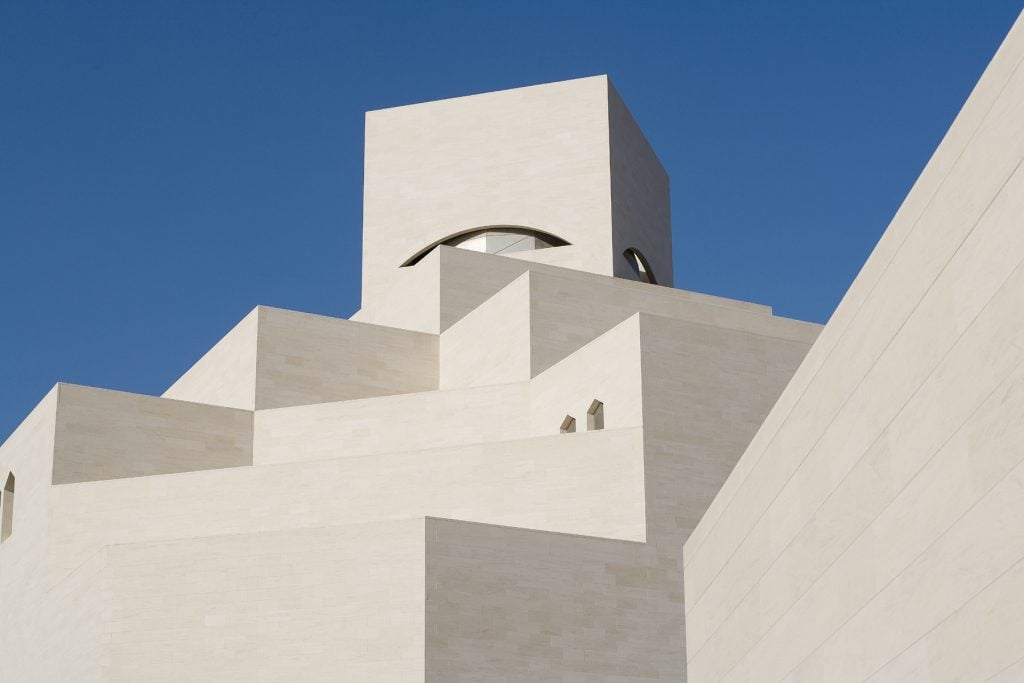
The Museum of Islamic Art. Photo: Chrysovalantis Lamprianidi. Courtesy of the Museum of Islamic Art / Qatar Museums © 2022.
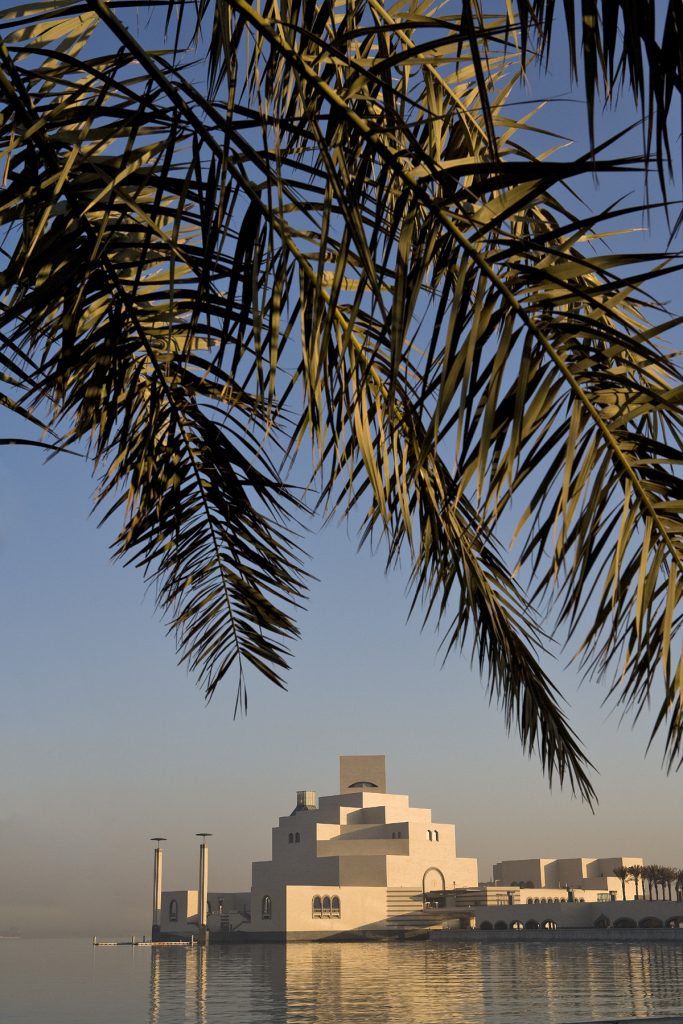
The Museum of Islamic Art. Photo: Chrysovalantis Lamprianidi. Courtesy of the Museum of Islamic Art / Qatar Museums © 2022.
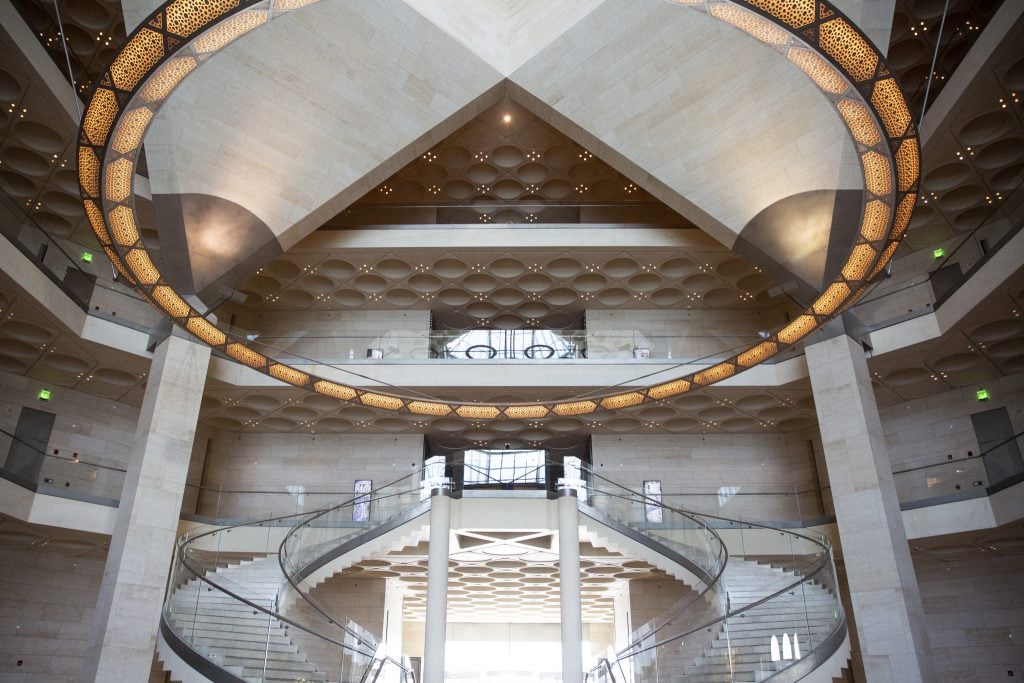
The Museum of Islamic Art. Photo: Chrysovalantis Lamprianidi. Courtesy of the Museum of Islamic Art / Qatar Museums © 2022.
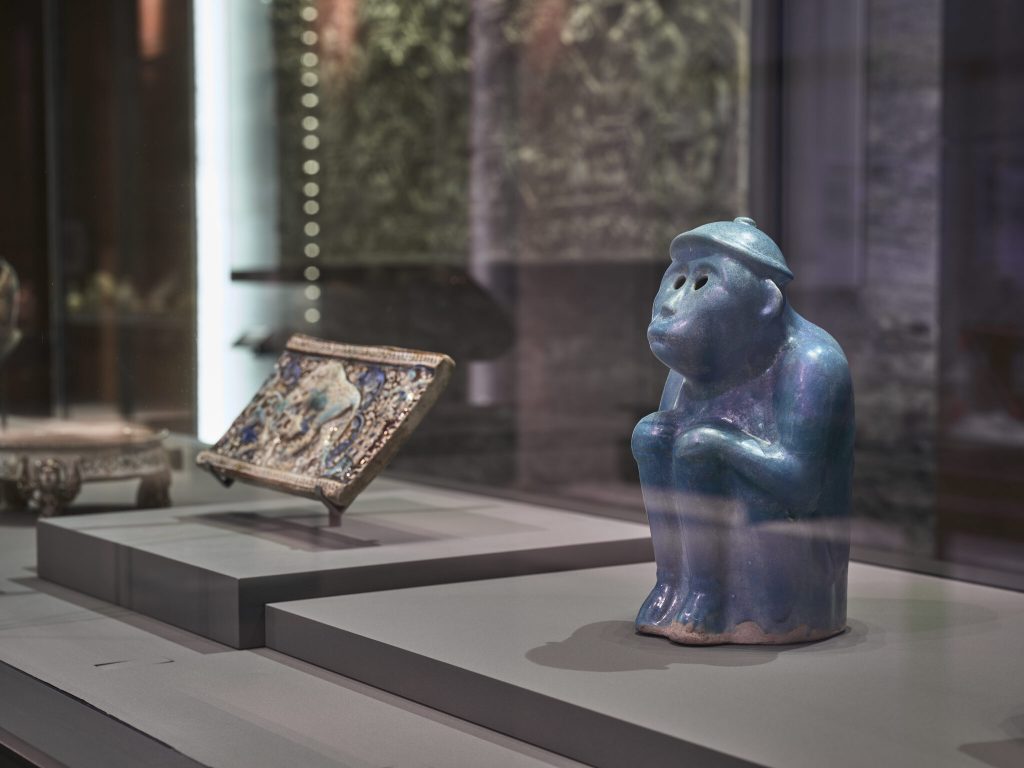
Museum of Islamic Art, Gallery 7—The Eastern World: Early Iran and Centra Asia. The blue monkey (Iran, Kashan, 12 century C.E.) Photo: Chrysovalantis Lamprianidi. Courtesy of the Museum of Islamic Art / Qatar Museums © 2022.
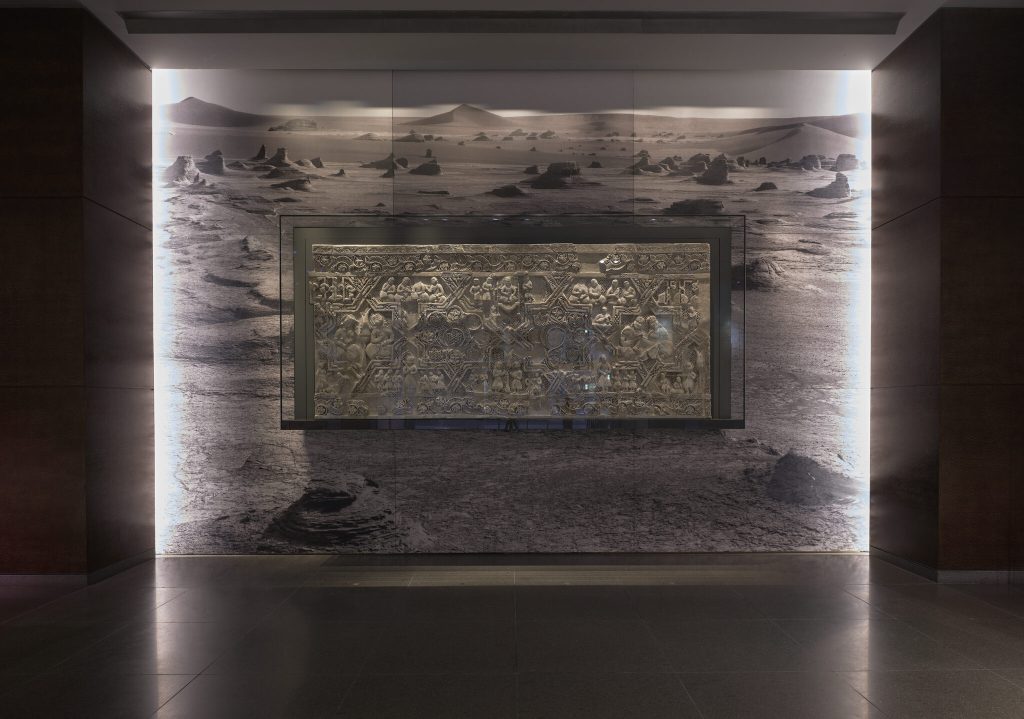
Museum of Islamic Art, Gallery 7—The Eastern World: Early Iran and Centra Asia. Frontal view of the Seljuq Stucco Panel, (12th century C.E.) Photo: Chrysovalantis Lamprianidi. Courtesy of the Museum of Islamic Art / Qatar Museums © 2022.
